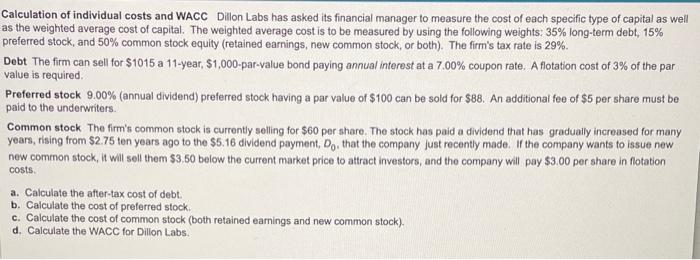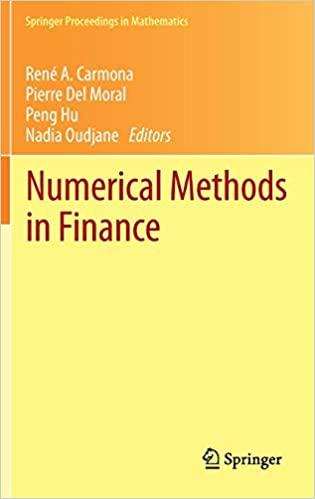Answered step by step
Verified Expert Solution
Question
1 Approved Answer
thank you so much Calculation of individual costs and WACC Dillon Labs has asked its financial manager to measure the cost of each specific type


thank you so much
Step by Step Solution
There are 3 Steps involved in it
Step: 1

Get Instant Access to Expert-Tailored Solutions
See step-by-step solutions with expert insights and AI powered tools for academic success
Step: 2

Step: 3

Ace Your Homework with AI
Get the answers you need in no time with our AI-driven, step-by-step assistance
Get Started


